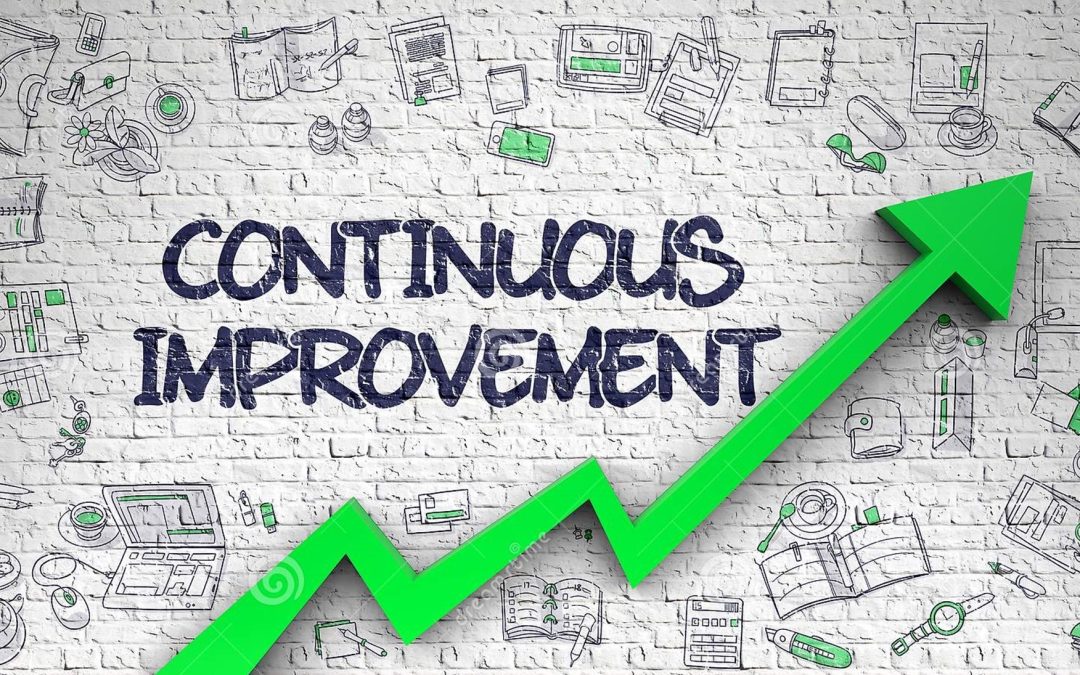Why are we going to all this fuss to get people to embrace Continuous Improvement—shouldn’t it just be part of their job, something they do all the time? That’s what someone said to me. They felt that we didn’t need special tactics, training, or a role for someone to lead our CI efforts—everyone just needed to do it on their own . . . after all as they said, “it’s just part of their job.”
So, let’s take this discussion down two paths. The first path is anticipating what happens when we write in all our employees’ job descriptions that continuously improving is part of their job and then expect them to carry the ball. What do they do when they see that written out? I would surmise that generally they would say to themselves, um . . . ok—and that’s the end of it. There’s no reason to take it beyond that. It’s in their job description along with statements like, Miscellaneous duties as assigned by their supervisor.
Now let’s say, for arguments sake, that their supervisor does instruct them to take improving seriously and shares that they are expected to make improvements on their own. What happens then?
The employees are left to themselves to figure out what that means and how to go about it. You’re likely to have as many approaches to that challenge as you have employees. Employees may even spend some of that time figuring out how to make it look like they’re improving things. They simply don’t have the tools or the knowledge to do this on their own. You may see some improvement from some industrious or creative folks, but it will be randomly scattered across your workforce and isn’t likely to add up significantly.
Let’s take a look at the second path. We make an investment first in engaging our employees, then in equipping them with the tools of CI, and lastly, empowering them to use the tools in everyday applications. Is the investment worth it?
First off, Gallup analyzed the results of companies who participated in their Q12 employee engagement survey and compared those who were in the top quartile of employee engagement to those in the bottom. The top quartile companies had:
- 81% less absenteeism
- 23% less shrinkage or theft
- 18% higher productivity
- 64% less safety incidents
- 41% less quality defects
- 10% higher customer loyalty
- 18-43% less turnover (depending on the type of company)
- 23% higher profitability
So, employee engagement is a great starting point. How about the rest of that equation—putting the tools of CI into the hands of now an engaged employee and empowering them to use them? I can say from my first experience with lean that we had outstanding results.
First off, our throughput time for a work order went from an average of three weeks to two hours including assembly, inspection, packaging and placing into finished goods. Along with that came all the accompanying benefits such as dramatic inventory reduction, first pass quality went from the low 80’s% range to the high 90’s. On time delivery went from the low 80’s% to 99.9%. There was a whole host of improvements including profitability more than tripling!
For me, there’s an easy answer to this question. A gentleman who worked for me once shared an important saying. He said the answer to most any request is, “Yes, if.” In other words, you could meet almost any request “if” you could set the conditions. That was a very useful comment that I kept tucked away in my mind. So, I believe the answer to this question, “Isn’t improvement just part of their job”—is—Yes, if we first engage, equip, and empower our employees.
This demonstrates respect for our employees, and I can confidently say it will result in the best long-term outcome for our business.
What do you all think? How would you have responded to this question? How have you approached continuous improvement and what success have you had?

